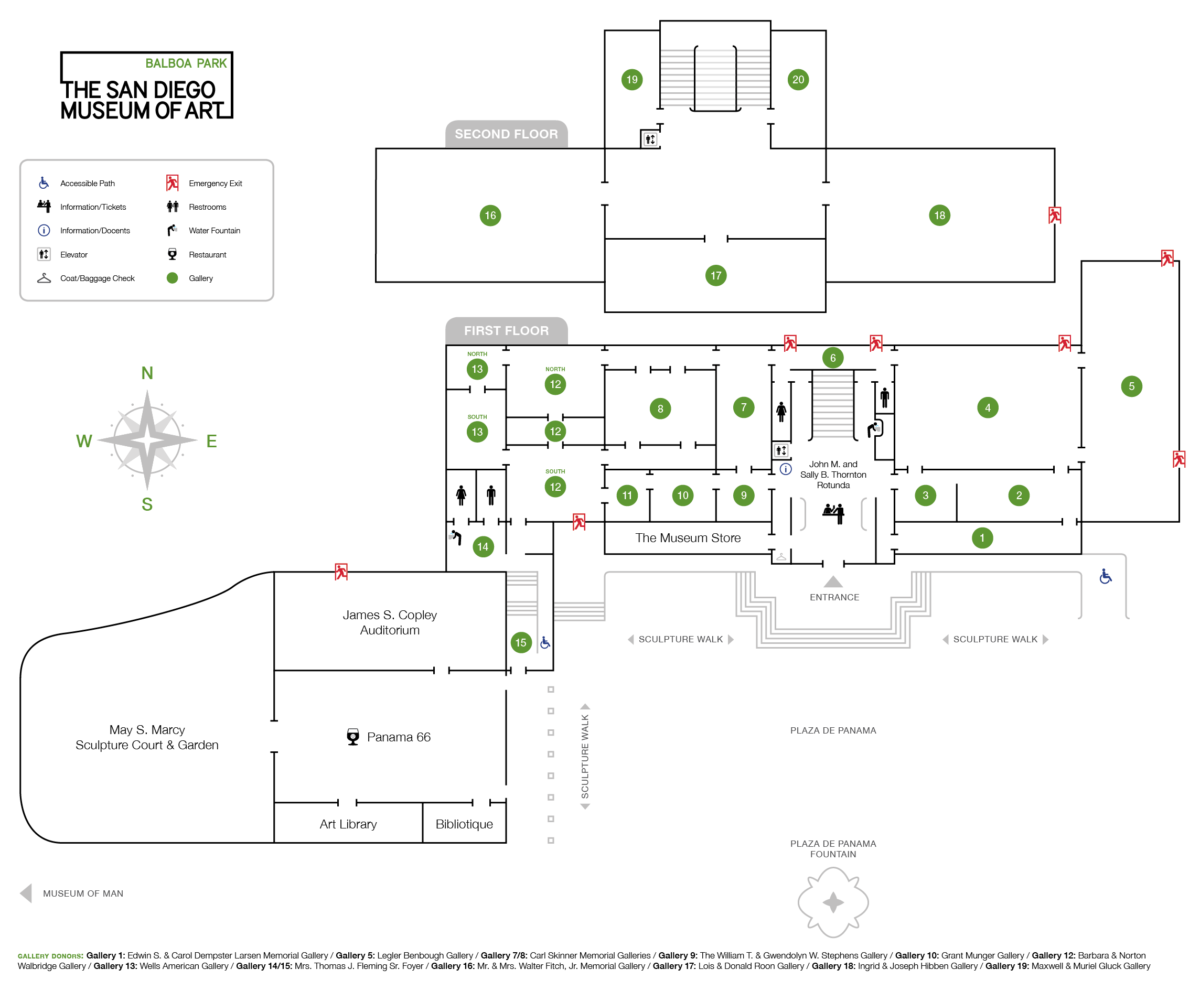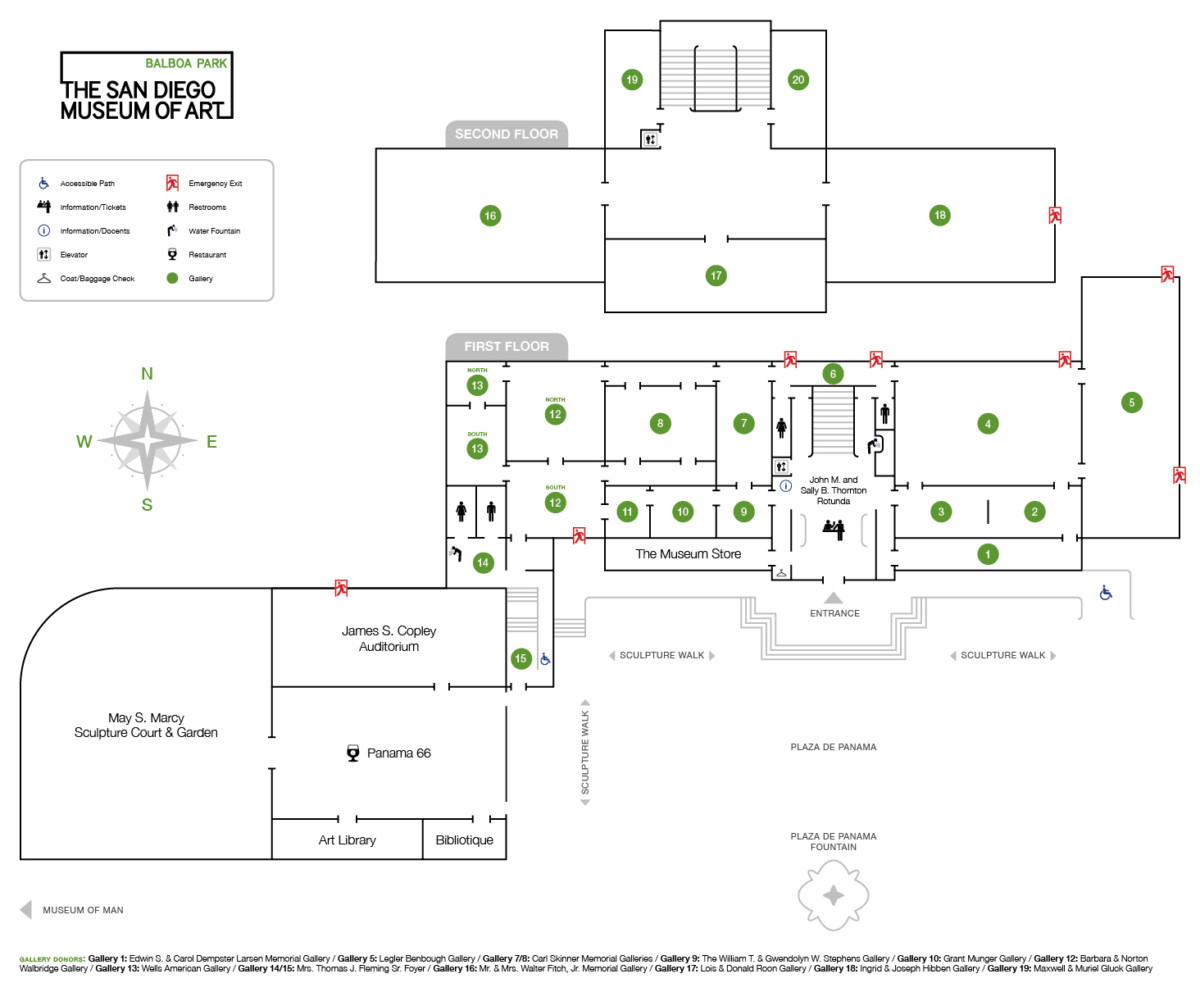Arts of South and Southeast Asia ranges in date from the first to the nineteenth century AD.
The earliest works are mostly religious, relating to the ritual practices of Buddhism, Jainism, and Hinduism. Although each religion has a distinct set of gods and divinities, all three based the iconography of these figures on the human form. Buddhism spread along the Silk Road moving west to Pakistan and Central Asia, and east to China, Japan, Korea, and Southeast Asia. Hinduism also traveled to Sri Lanka and Southeast Asia.
During a series of invasions and migrations in the eleventh century, people from Central Asia moved into Pakistan and northern India. They brought India a new literary language, Persian, and Islam. By the end of the fifteenth century, European traders and missionaries began arriving by sea. They, in addition to goods, also brought oil paintings and engravings. These cultural influences thrived alongside traditions stemming from the region’s native languages, literatures, and religions, which continue to flourish.
Read the full “Arts of South and Southeast Asia” exhibition label text in English and Spanish.
Featured at top right: Purkhu. The messenger urges Radha to abandon her pride, page from a dispersed copy of Jayadeva’s Gita Govinda (Love Songs of Radha and Krishna). India, ca. 1820. Ink, opaque watercolor, and gold on paper. Edwin Binney 3rd Collection. 1990.1296.



